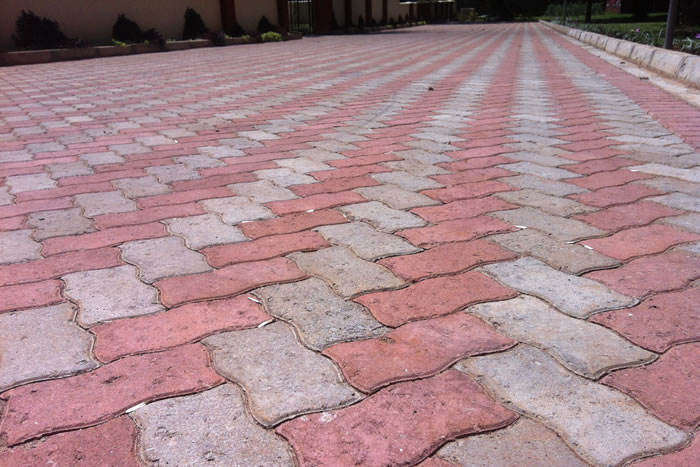×
The Standard e-Paper
Stay Informed, Even Offline

Anybody who has driven on paving block ‘cabro’ surfaced driveways and parking can attest to the aesthetic beauty.
This finishing is desired by developers and business owners as its additional value can attract more customers and at a higher price.







